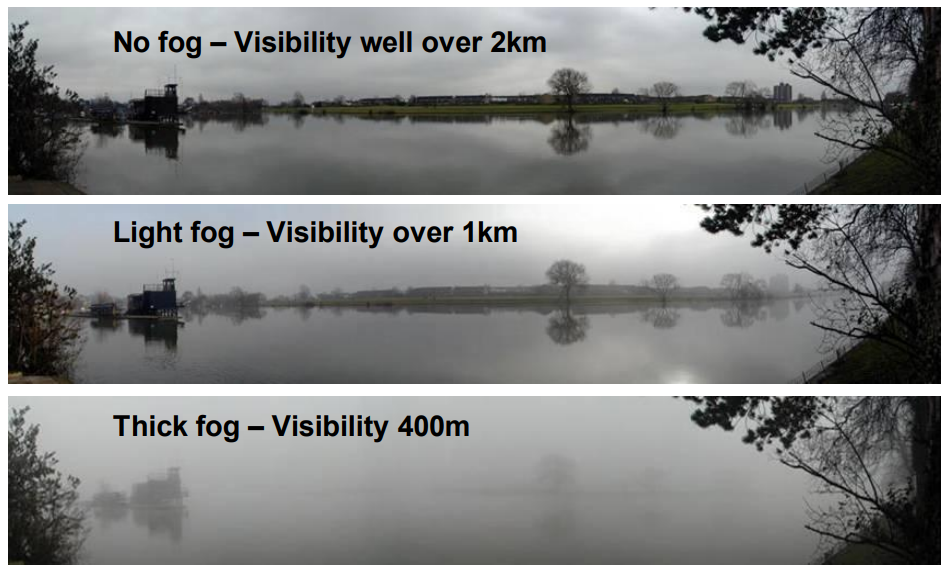Automatic Transmit Power Control (ATPC) for FSO Links
Automatic Transmit Power Control (ATPC) is a key product feature available on CableFree FSO products from Wireless Excellence.
The transmitted optical power is automatically adjusted to ensure that the optimum power level is received at the
remote terminal. Sophisticated software within each FSO unit continuously monitors remote power levels using
the unique CableFree out-of-band telemetry system, and adjusts power by up to 12dB (16x).

Features
- Adjustment of transmit optical power
- Dynamic range 12dB
- Manual, fixed or Automatic modes
- 0.5dB resolution
- Local and Remote monitoring & control
Benefits
- Improved link margin against poor weather
- Install products at short ranges
- No fixed attenuators required
- Reduces risk of solar outages
Comparison of Link Performance with and without ATPC
A brief comparison of FSO with and without ATPC shows a clear advantage to the user.
FSO link with ATPC switched off

These graphs, taken from FSO GraphManager™ management system, show a Wireless Excellence link without ATPC enabled, showing significant variations in received signal level (RSSI). RSSI variations can be caused by weather effects such as fog, heavy rain, snow or dust storms; also thermal effects, bracket movement and longterm drift. Lower RSSI means degraded signal-to-noise-ratio (SNR) at the optical receiver, resulting in degraded BitError-Rate (BER), in severe cases causing packet loss and reduced throughput in data networks.
FSO link with ATPC enabled

A CableFree FSO Link with ATPC enabled in identical conditions shows almost no variation in received power (RSSI). The controller automatically adjusts the transmitted power levels to ensure optimum signal received at both ends of the link.
Optimum power levels mean minimum Bit-Error-Rate (BER) and reduced risk of receiver overload in adverse east-west locations or unstable mounts
Operational Description of ATPC
ATPC is a standard feature included with Carrier-class CableFree FSO products.
A CableFree FSO Link comprises two FSO units, each transmitting user data and telemetry signals to each other. Each FSO head unit decodes the incoming remote RSSI levels and a sophisticated software algorithm uses these to vary the local transmit laser power. In automatic mode, this is adjusted to maintain a optimum received power level at the remote FSO terminal.
In automatic mode, the local transmit power is regularly updated to avoid either low signal or saturation of the remote optical receiver, which would cause data errors and ultimately link outage. Automatic Transmit Power Control acts to decrease output power from the nominal ‘full power’ output of a Wireless Excellence FSO system. This ensures that optical eye safety is not compromised, compliant with Class 1M standards at all power levels; and that the laser device(s)
experience lower stress, therefore extending the operational lifetime.
As ATPC does not increase power beyond ‘nominal full power’, it does not extend the maximum range of each system type; however, it does allow the system to be installed at much shorter distances than without Automatic Transmit Power Control.
Reducing the output power eliminates the requirement for defocusing or attenuation of the link to achieve the optimum RSSI levels.
ATPC gives a CableFree link a 12dB advantage over non-ATPC systems in poor weather, such as fog; increased atmospheric attenuation is overcome by increasing the optical output power up to the maximum available.
Automatic Transmit Power Control can also help if the link suffers from interference by the sun; in rare cases where solar energy is incident on the receiver, the laser output power of the opposite unit is reduced to ensure that the combined solar plus FSO power received does not saturate the optical receiver.
ATPC can be controlled by an installer using the CableFree Alignment Module, and remotely from a workstation or laptop using FSO LinkManager™.
The alignment module incorporates a menu system where the mode of operation can be selected between ATPC mode “off” (maximum power), “manual” (enabling manual control of the local Tx power) or “auto” where the local unit adjusts it’s output power to maintain the pre-set RSSI value of the remote end.
LinkManager™ provides the same control as the alignment module with the added options of being able to control both the local and remote settings and being able to adjust the pre-set RSSI targets stored in the heads. By this means, ATPC features can be enabled or disabled remotely without need to visit a rooftop location.
For More Information
For more information on Fog, Weather and Free Space Optics link reliability and distance please Contact Us
You must be logged in to post a comment.